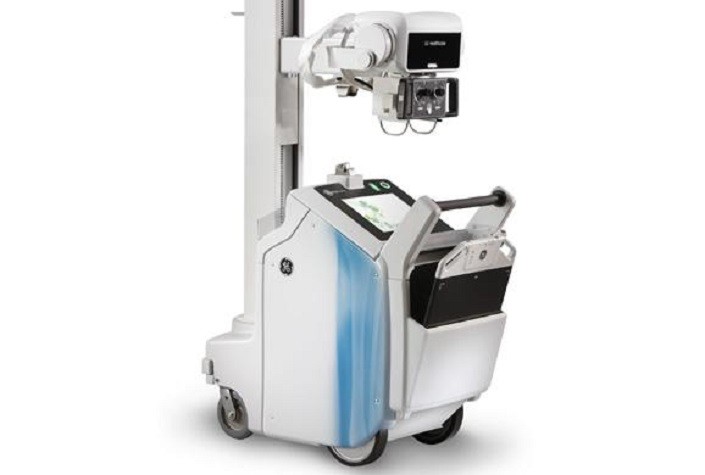Neuroscience is a study of that is concerned with the structure and function of the nervous system. The study covers the evolution, development, physiology, cellular & molecular biology, anatomy & pharmacology of the nervous system, and also behavioral, computational and cognitive neuroscience. Tools such as MRI scans and computerized 3-D models are used to perform tests for some common conditions including Down syndrome, Parkinson's disease, brain tumors, effects of stroke such as, language loss and many others.
Download Sample PDF Brochure Of Study, Click Here!
Humans have an estimated hundred billion neurons, or brain cells, each with about a thousand connections to other cells. One of the great challenges of modern neuroscience is to map out all the networks of cell-to-cell communication—the brain circuits that process all thoughts, feelings, and behaviors. The resulting picture, emerging bit by bit, is known as "the connectome." The ability of the brain to elaborate new connections and neuronal circuits—neuroplasticity—underlies all learning.
WHAT IS NEUROSCIENCE AND WHAT ARE ITS BRANCH SCIENCES?
In the case of humans, it is the branch of science that studies the brain, the spinal cord, the nerves extending from them, and the rest of the nervous systems including the synapses, etc. Recall that neurons, or nerve cells, are the biological cells that make up the nervous system, and the nervous system is the complex network of connections between those cells. In this connection, it may involve itself with the cellular and molecular bases of the nervous system as well as the systems responsible for sensory and motor activities of the body. It also deals with the physical bases of mental processes of all levels, including emotions and cognitive elements. Thus, it concerns itself with issues such as thoughts, mental activities, behaviors, the brain and the spinal cord, functions of nerves, neural disorders, etc. It wrestles with questions such as What is consciousness?, How and why do beings have mental activities?, What are the physical bases for the variety of neural and mental illnesses, etc.
A rapidly expanding discipline, neuroscience findings have grown by leaps and bounds over the past half-century. More work, however, will always be needed to fully understand the neural roots of human behavior, consciousness, and memory.





No comments:
Post a Comment